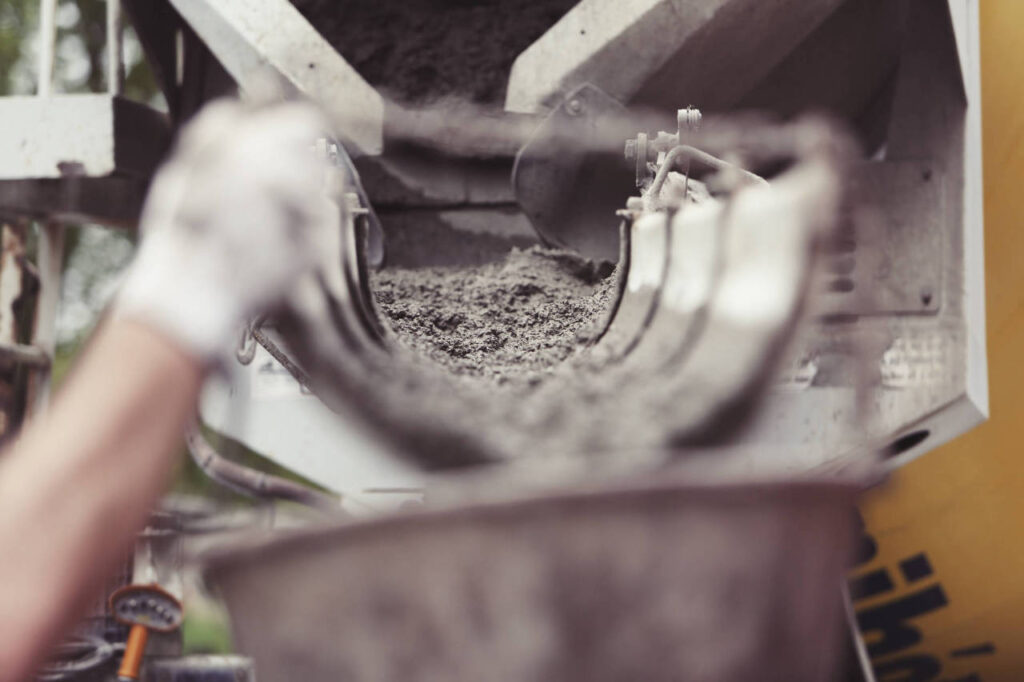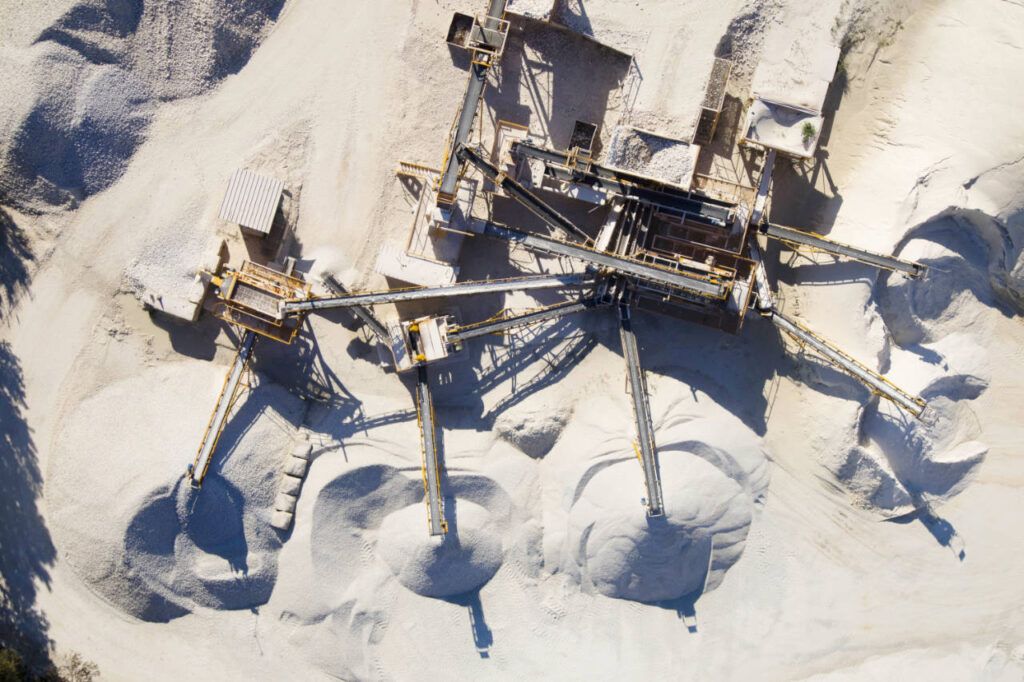feature article
Carbon Neutral Concrete
Concrete. It is the world’s most widely-used building material. It is estimated that the cement and concrete sectors account for roughly 5 to 7% of global carbon emissions.
The large carbon footprint of cement and concrete stems in part from the high energy required to heat the kilns used to make cement. Roughly half to two-thirds of carbon emissions come from the actual chemical process of cement making.






